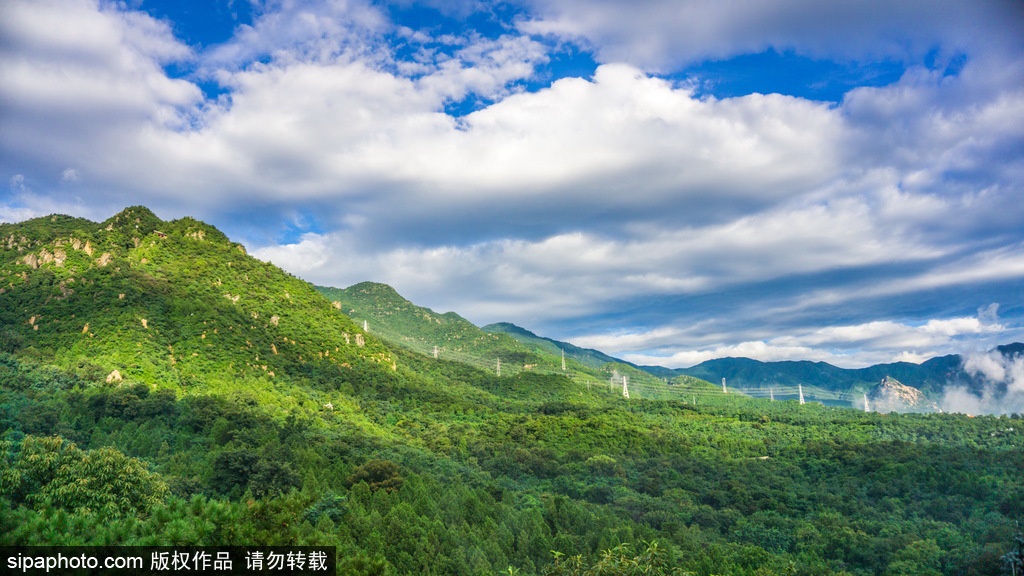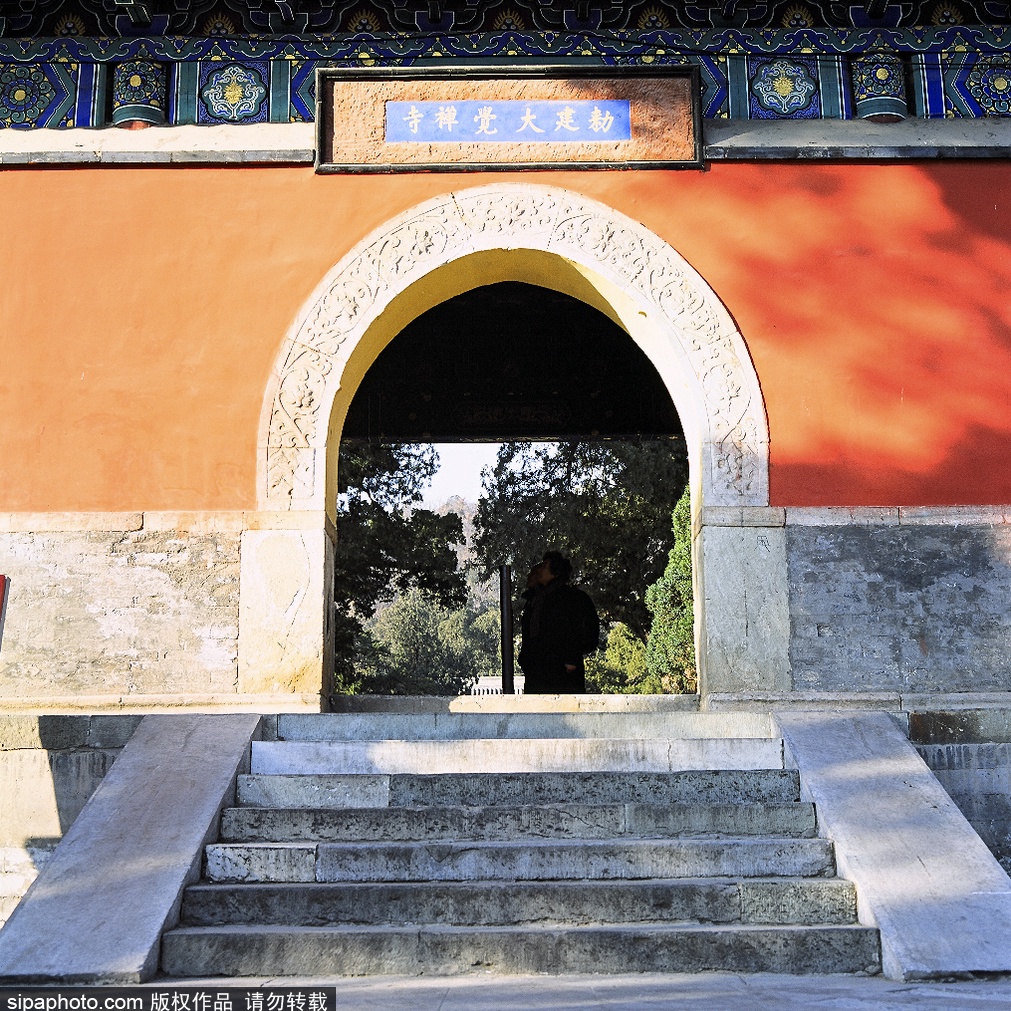Jiufeng National Forest Park

Jiufeng National Forest Park is the location of many historical sites including the Jiufeng Manor of the Liao Dynasty, the Xiufeng Temple of the Ming Dynasty, the Xiangtang Temple of the Qing Dynasty, and the Xiaozhai Temple of the Republic of China. There is a plum garden covering an area of nearly 30,000m2. In spring, visitors climb mountains, go hiking, appreciate plum blossoms and have the opportunity to see the scenery of the “Sunny Western Hills after Snow”. On the peak of Jiufeng, climbers can overlook the whole city.
Baiwangshan Forest Park
Baiwangshan Forest Park is the nearest forest park to Beijing, dubbed the “First Peak in the Front of Taihang Mountains”. With dense trees, the Park boasts a vegetation rate of over 95%. With air rich in negative oxygen ions, the park is hailed as an oxygen source of Beijing. In 1937, fierce battles occurred on Baiwangshan in the region of Heishanhu between Chinese and Japanese soldiers. A long time has passed and the Sino-Japanese Friendship Pavilion, the Huitou Rock, and the Wanglv Pavilion have been built.
Dajue Temple

Dajue Temple was founded in the Liao Dynasty. Dating back to the reign of the Emperor Zhangzong of Jin when it was called Qingshui Temple, Dajue Temple has a royal history of over 800 years. Dajue Temple includes a four-in courtyard. There are more than 160 ancient trees and eight special scenic spots, namely the ancient magnolia tree, the ancient gingko tree, the vine and the juniper tree, the buckthorn and the juniper tree, the Ling Spring, the ancient stele of the Liao Dynasty, the pagoda surrounded by pines and cypresses, and the clear pool. Dajue Temple, Fayuan Temple and Chongxiao Temple are known as Beijing’s three flowery temples, for their magnolias, lilacs and peonies respectively.



